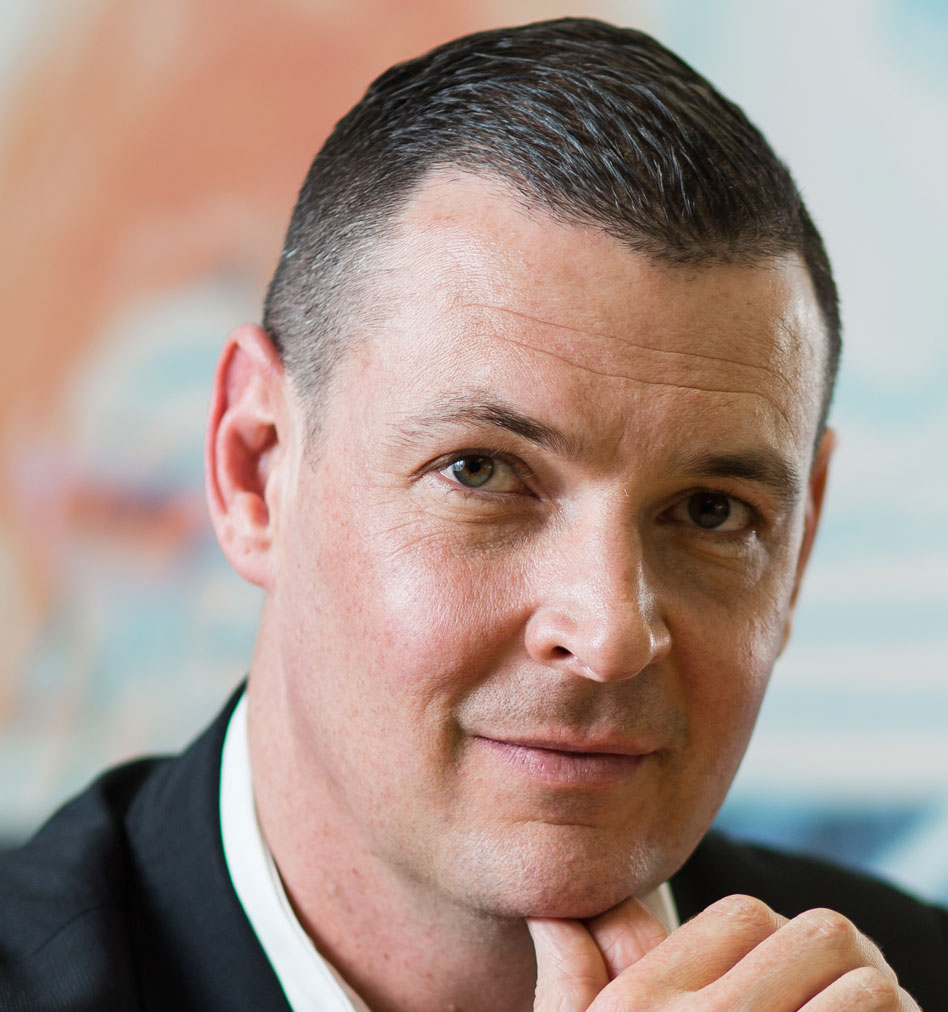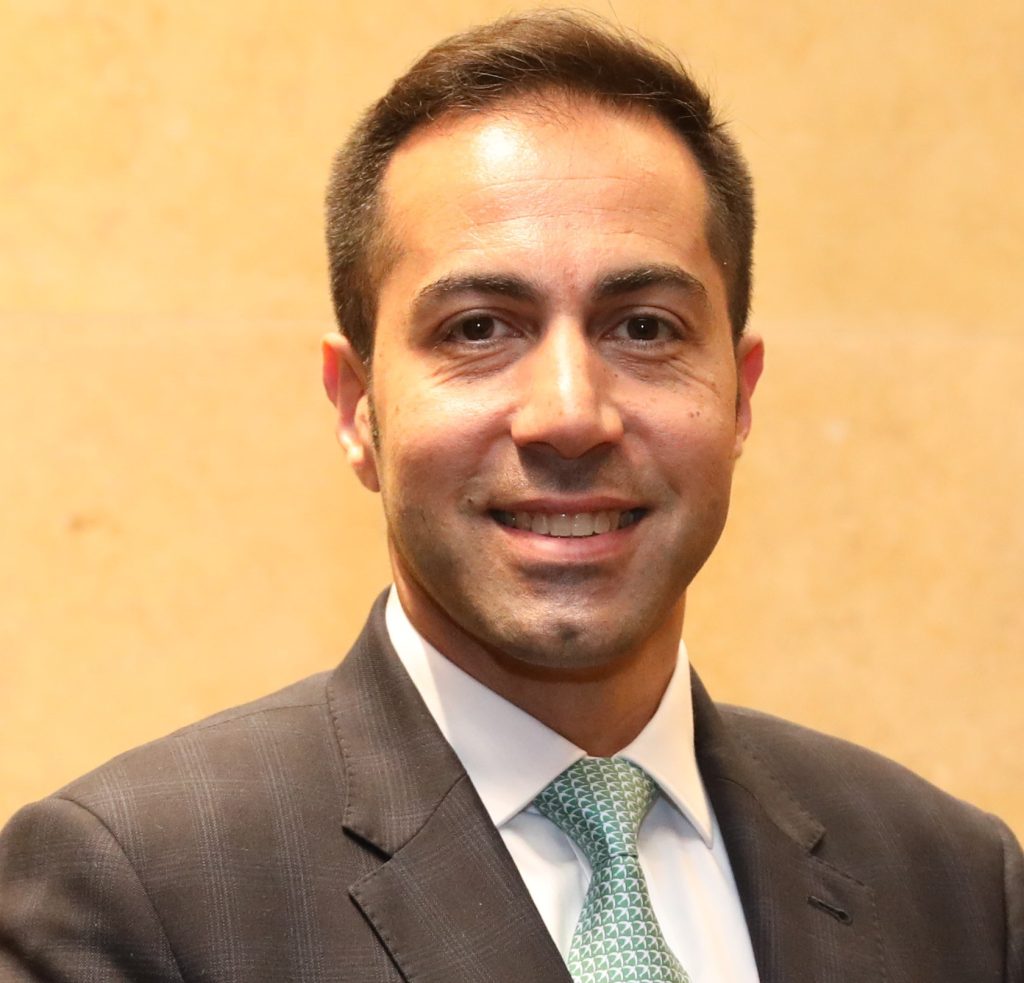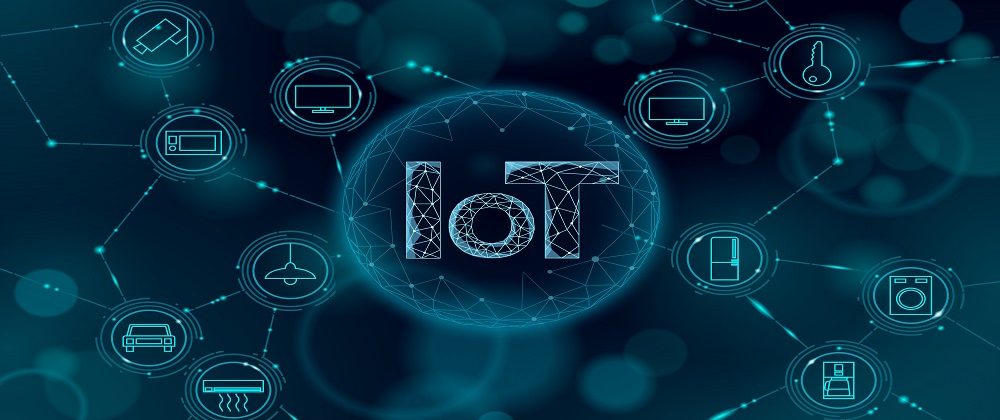With Digital Transformation accelerating, the benefits the Internet of Things (IoT) can provide organisations, especially those reliant on data collected from Edge devices are substantial. Industry experts share insights on how IT decision-makers can increase their understanding of how IoT can be better integrated into existing systems while remaining scalable for growth opportunities.
The Internet of Things (IoT) is a system of interrelated computing devices, mechanical and digital machines, objects, animals or people that are provided with unique identifiers (UIDs) and the ability to transfer data over a network without requiring human-to-human or human-to-computer interaction.
A ‘thing’ in the IoT can be a person with a heart monitor implant, a farm animal with a biochip transponder, an automobile that has built-in sensors to alert the driver when tyre pressure is low or any other natural or man-made object that can be assigned an Internet Protocol (IP) address and is able to transfer data over a network.
MarketsandMarkets forecasts that the global IoT market size to be US$170.6 billion in 2017 and is expected to reach US$561.0 billion by 2022, growing at a compound annual growth rate (CAGR) of 26.9% during the forecast period.
Jim Holland, Regional Director – Africa, Lenovo Infrastructure Solutions Group, said while Africa may be a developing continent, it has shown great promise and opportunity in the past decade. He said this, of course, can be seen in the continent’s eagerness to transcend into the Fourth Industrial Revolution.
Holland added that IoT has grown in both supply and demand – especially with COVID-19 now accelerating the continent’s deployment. “This can be seen in the continent’s growing demand for smarter financial systems and more stable telecommunications operations. The truth, however, is that deploying IoT at scale can be quite an intricate task. Africa has, however, shown it’s agility and eagerness regarding IoT,” he said. “This can be seen with Kenya’s investment in IoT networks and base stations as well as Nigeria’s rollout of IoT networks powered by Ingenu’s Random Phase Multiple Access (RPMA) technology.”
Ian Jansen van Rensburg, Senior Systems Engineer and Lead Technologist, VMware, said the industrial revolution global markets are experiencing today, commonly referred to as Industry 4.0, is powered by technological advancements that include the Internet of Things (IoT), smart manufacturing, robotics and Artificial Intelligence (AI) to name a few things.
Van Rensburg, said the ability of machines to communicate and evolve to become a more intelligent device coupled with the advent of connected devices and platforms drives digitisation of the manufacturing arena.
Van Rensburg said even though CIOs are open-minded and embrace the fast-paced change of digital technology for IoT to be implemented correctly, there are several factors to consider.
He said one of these is laws and legal frameworks to support data-driven technologies and innovation-driven growth. He said with the right mix of policies, CIOs can reap the benefits of IoT and AI in the years to come.
“An IoT environment delivers more intelligence on the assembly line or in the manufacturing process. Furthermore, it allows for data analytics to be captured and used to provide feedback, advanced notifications, state of health and other forms of reporting to improve the process throughout manufacturing operations,” he said. “All these elements become vital enablers in developing economies across the continent. CIOs must therefore take the time to integrate IoT into existing technology roadmaps.”
JIM HOLLAND, REGIONAL DIRECTOR – AFRICA, LENOVO INFRASTRUCTURE SOLUTIONS GROUP

While Africa may be a developing continent, it has shown great promise and opportunity in the past decade. This, of course, can be seen in the continent’s eagerness to transcend into the Fourth Industrial Revolution.
IoT, also known as the Internet of Things, has grown in both supply and demand – especially with COVID-19 now accelerating the continent’s deployment. This can be seen in the continent’s growing demand for smarter financial systems and more stable telecommunication operations.
Positioning an IoT solution can be overwhelming. It’s important to have an overall IoT strategy within your company, however it must make sense. If an IoT solution does not have any commercial benefits to an organisation, then it is very difficult to justify to the board members. CIOs need to have an overall vision and strategy of what they would like to implement over time, however, they need to find a small project which will have an immediate impact to the business, making sure that the investment they make integrates into the overall vision.
For example, an industry vertical that has grown in popularity over the past few years is that of financial technology (FinTech) sector. Companies of this nature utilise the Internet, algorithms, and software technologies to offer financial services to entrepreneurs, everyday consumers both banked and unbanked and small and medium enterprises (SMEs). In short, FinTech organisations provide services that would usually be typically available within a traditional banking branch. Therefore, services such as loans, payments, investments and wealth management are now available through this industry vertical through the assistance of IoT.
As businesses across the continent continue to modernise their financial security and business administration – an investment in FinTech has grown tremendously over the past decade. Whilst FinTech has been vastly available in countries all over Africa throughout the years, its popularity peaked has peaked over the last two years. This, of course, was due to the global pandemic forcing citizens to adopt financial habits that can be executed on a remote basis as well as the increased importance on fund remittances across the continent.
That said, when deploying IoT technologies there are several factors which have to be taken into consideration. These include finding and retaining the right skills. There has been a massive increase in new technologies like AI, Machine Learning, data science etc, so having the right talent and staying current is extremely important. Making sure that your IoT environment is secure from the far Edge to the core to the cloud and being able to address security threats proactively is critical. In addition, being able to maintain and update IoT strategies frequently and building an eco-system of trusted partners who have the experience in deploying IoT technologies across at least one or more verticals is important.
IAN JANSEN VAN RENSBURG, SENIOR SYSTEMS ENGINEER & LEAD TECHNOLOGIST, VMWARE

The industrial revolution global markets are experiencing today, commonly referred to as Industry 4.0, is powered by technological advancements that include the Internet of Things (IoT), smart manufacturing, robotics and Artificial Intelligence (AI) to name a few things.
The ability of machines to communicate and evolve to become a more intelligent device coupled with the advent of connected devices and platforms drives digitisation of the manufacturing arena. IoT, supervisory control and data acquisition (SCADA) and Industrial IoT (IIoT) are transforming manufacturing by allowing for a connected experience that has streamlined and simplified many manufacturing processes. This will become a critical technology to enable the continent to embrace a digitally transformed landscape in Africa.
Even though CIOs are open-minded and embrace the fast-paced change of digital technology for IoT to be implemented correctly, there are several factors to consider. One of these is laws and legal frameworks to support data-driven technologies and innovation-driven growth. With the right mix of policies, CIOs can reap the benefits of IoT and AI in the years to come.
An IoT environment delivers more intelligence on the assembly line or in the manufacturing process. Furthermore, it allows for data analytics to be captured and used to provide feedback, advanced notifications, state of health and other forms of reporting to improve the process throughout manufacturing operations. All these elements become vital enablers in developing economies across the continent. CIOs must therefore take the time to integrate IoT into existing technology roadmaps.
Wherever you find a software-defined, digital user, there is a good possibility that IoT is connected and used somewhere. Several technology companies have already mobilised to create a vibrant IoT ecosystem in Africa. In Africa, this connected device environment can help with some of the region’s most pervasive problems: from reducing poverty and improving education, to delivering healthcare and eradicating diseases by better capturing and analysing data at the edge of computing.
In addition to manufacturing, other verticals that IoT will impact are agriculture and health. By combining IoT with AI, the agriculture sector can benefit from optimal harvests to get advice on the best time to sow depending on weather conditions, soil and other indicators.
For an organisation to successfully implement Industry 4.0 strategies and programmes, they must have a base set of data and maintain a constant source of relevant data to ensure that AI can be helpful in their selected industry. This makes the integrity of the IoT data capture point imperative for success. The adage ‘garbage in, garbage out’ applies in this regard. If the Edge device cannot capture data accurately or captures the wrong data, then the AI processing will be wasted.
TAMER ODEH, REGIONAL DIRECTOR, SENTINELONE, MIDDLE EAST

Aadopting IoT technology can enable businesses to enhance their productivity and performance. Odeh said IoT devices streamline activities, collect data, monitor activities and provide useful insights. Businesses can benefit from the automation and inter-connectedness brought about by IoT devices and enjoy reduced costs, optimised operations, and enhanced capabilities. IoT technology enables businesses to streamline their operations and utilise their resources effectively while gathering real-time information, allowing companies to explore and pursue new opportunities.
Although IoT technology has its benefits, it presents significant challenges for CIOs and IT teams. With the adoption and use of IoT technologies rapidly increasing and IoT devices having various applications in business, from being used in sensors and printers to cameras and virtual assistants, one of the major challenges that CIOs and IT teams face is the tendency for businesses to engage in data-hoarding as each of the IoT devices can collect large amounts of data, resulting in a proliferation of data. CIOs and IT teams are tasked with deciding how to analyse and store data efficiently. In addition, IoT devices greatly increase the security challenges of defending corporate networks. Most IoT devices come with little or no built-in security capacities, so each of these billions of endpoints generates a vulnerability for hackers to enter otherwise secure enterprise operations.”
In today’s economic environment companies are not looking at buying IoT technology but rather are looking for ways to accelerate business outcomes. Yes, IoT is important in this regard, but it must be seen as the means to an end especially when it comes to unlocking the true value inside organisational data. To this end, decision-makers must build strong business cases for how IoT can deliver data value and set measurable KPIs.
That said, I believe the biggest challenge to implementing IoT especially on the African continent relates to the availability of high-speed and low-cost Internet connections to users especially in the rural areas. Another challenge would be the need to provide low-cost power to IoT devices in these same areas. There are some challenges outlined as well below that also include regulation, security, data privacy and awareness etc.


